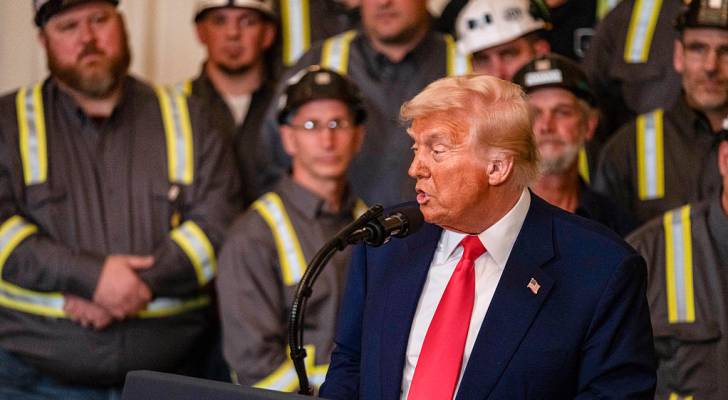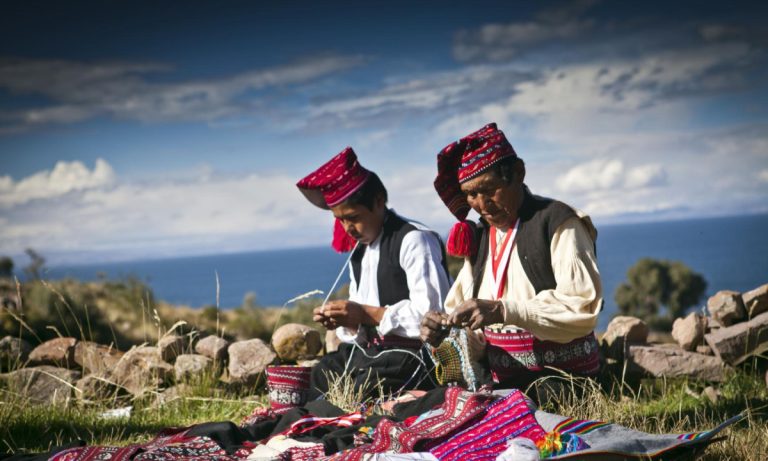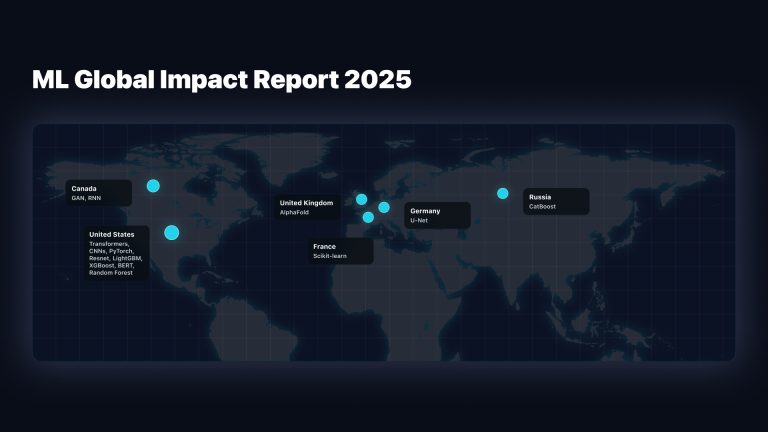
“You are suffocating. And that’s what’s going to kill you.”
That’s the bleak reality facing Virginia coal miners, retired miner John Robinson told ABC News, as he opened up about work underground while living with black lung disease.
Now federal cuts to safety programs raise the life-and-death stakes for miners like him even higher.
Don’t miss
- I’m 49 years old and have nothing saved for retirement — what should I do? Don’t panic. Here are 5 of the easiest ways you can catch up (and fast)
- Gain potential quarterly income through this $1B private real estate fund — even if you’re not a millionaire. Here’s how to get started with as little as $10
- You’re probably already overpaying for this 1 ‘must-have’ expense — and thanks to Trump’s tariffs, your monthly bill could soar even higher. Here’s how 2 minutes can protect your wallet right now
Black lung disease, a severe respiratory illness, is on the rise as miners work deeper than ever beneath the Earth’s surface. At such depths, they’re exposed to silica — a naturally occurring compound 20 times more toxic than regular coal dust.
While Trump has promised to get coal booming again in the U.S., he is cutting funding to the National Institute of Occupational Safety and Health (NIOSH).
Since it was set up in 1970, this federal agency has enforced worker safety across the U.S., including maintaining health surveillance programs to monitor and protect miners from black lung disease and other job-related risks.
The Trump administration’s cuts have essentially shuttered the agency. As their layoffs loom in June, agency employees say that without adequate safety enforcement, there won’t be any people to extract coal. Miners agree.
"You don’t take care of the miners, you ain’t going to mine coal," said one. "The machine don’t run by itself, you know what I’m saying?"
Federal safety workers and politicians rally to protect miners
About 800 NIOSH employees placed on leave have set up a “war room” in West Virginia to keep campaigning for mining safety until they are officially let go.
One of them, epidemiologist Dr. Scott Laney was blunt about the impact of gutting of the agency.
“It’s going to lead to premature mortality and death in these miners,” he said. “There’s just no getting around it."
Read more: Want an extra $1,300,000 when you retire? Dave Ramsey says this 7-step plan ‘works every single time’ to kill debt, get rich in America — and that ‘anyone’ can do it
Amanda Lawson, a West Virginia healthcare employee, is seeing the effects. Miners who come to her for care have “horrible” lung X-rays. She blames the Trump cuts, specifically the slashing of its right-to-transfer program, which shifts miners with high silica exposure to other locations.
"There’s nobody to send them to get them some protection and get them moved out of the dust," Lawson told ABC.
While Trump’s supporters on Capitol Hill have celebrated his efforts to cut government spending, some say he’s going too far, criticizing him and Robert F. Kennedy, Secretary of the Department of Health and Human Services, for slashing mining protections.
In April, West Virginia Senate Republican Shelley Moore Capito wrote a letter to Kennedy arguing that while she supported Trump’s efforts to ‘right-size government’ she did not feel the NIOSH coal programs and research should be cut as they are unique.
How can miners protect themselves?
Unions like the United Mine Workers of America and community-based health monitoring programs might have to step up to monitor X-ray scans and correctly enforce PPE standards.
Moreover, the U.S. Department of Labor’s Occupational Safety and Health Administration protections are still in place. Miners should aggressively report any unsafe working conditions — for their own sakes and their families.
“I got a wife and two kids and two grandbabies, you know, and I want to live,” Robinson said.
What to read next
- Millions of Americans now sit on a stunning $35 trillion in home equity — here’s 1 new way to invest in responsible US homeowners while targeting a 14%-17% IRR
- Robert Kiyosaki warns of a ‘Greater Depression’ coming to the US — with millions of Americans going poor. But he says these 2 ‘easy-money’ assets will bring in ‘great wealth’. How to get in now
- Here are 5 ‘must have’ items that Americans (almost) always overpay for — and very quickly regret. How many are hurting you?
This article provides information only and should not be construed as advice. It is provided without warranty of any kind.


